Hi, i'm totally newbie.. The topics in this thread are too complex for me, but i have simple question which related to lighting..
When taking photo of a person with background at nighttime, how can i create a nice photo? I personally don't like using flash as it makes the person's face somehow shinny and the background darker, but i guess one has to do this when taking pic at night. Any trick to make person's face not too shinny and at the same time the background still look nice? Will it help with longer shutter ( without flash )?
Thanks.
When taking photo of a person with background at nighttime, how can i create a nice photo? I personally don't like using flash as it makes the person's face somehow shinny and the background darker, but i guess one has to do this when taking pic at night. Any trick to make person's face not too shinny and at the same time the background still look nice? Will it help with longer shutter ( without flash )?
Thanks.


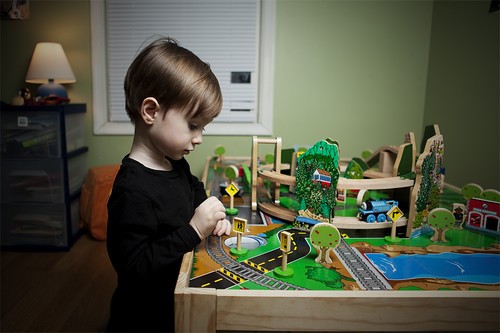
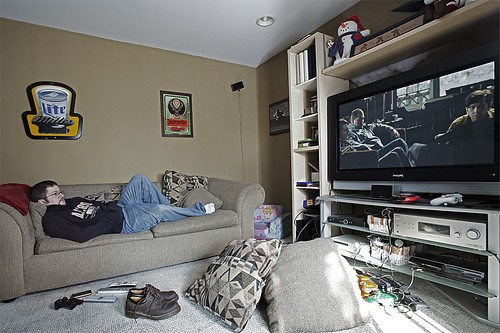

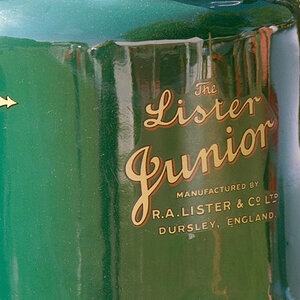
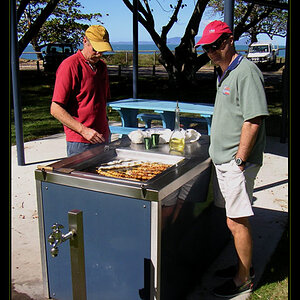
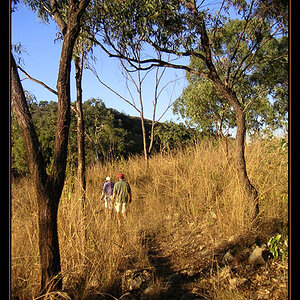
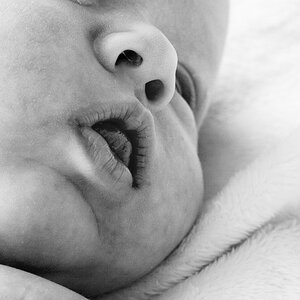
![[No title]](/data/xfmg/thumbnail/38/38743-ad854d502dddc7f41a927f1731a504cd.jpg?1619738704)
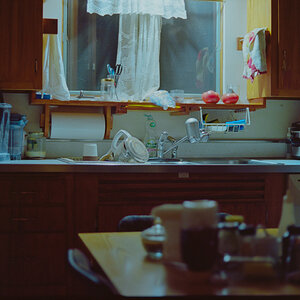
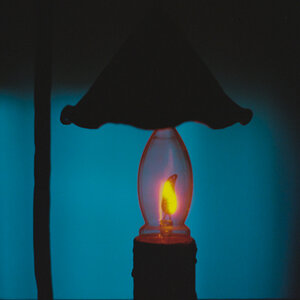
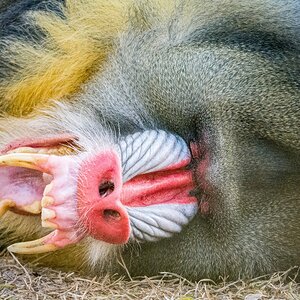
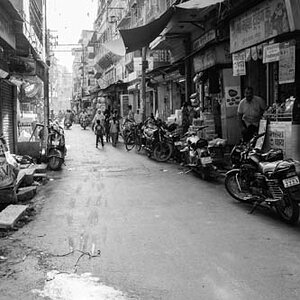
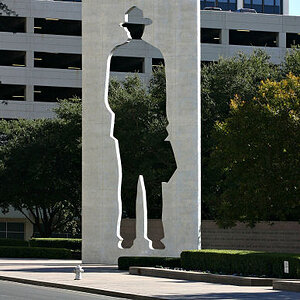
![[No title]](/data/xfmg/thumbnail/34/34746-f8e4b50f9d9b0de43c95af3d2caf956b.jpg?1619736628)
![[No title]](/data/xfmg/thumbnail/32/32005-d13a0bcc56327c42bd32dff4b0776658.jpg?1619735150)